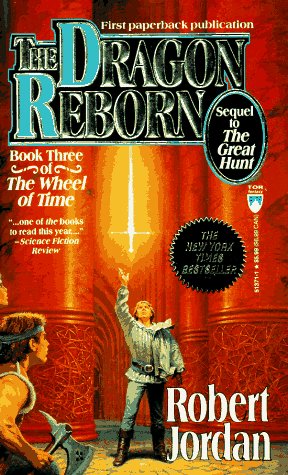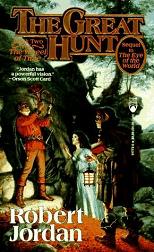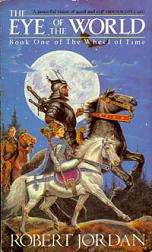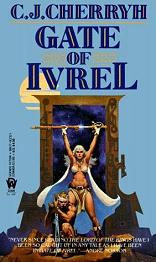
The Shadow Rising
Robert Jordan
1006 pages
published in 1993
The Shadow Rising is the fourth book in Jordan’s Wheel of Time series. In my view it’s the point where the series really started to balloon. For a start it’s some 300 pages longer than the previous installment, but the plot as well gets bigger and more complicated. The most common criticism of the Wheel of Time (apart from those who, perhaps unfairly, reject it out of hand as sub-Tolkien crap) is that the story stopped progressing halfway through the series; the seeds for this are sown here. In many ways this is the watershed in the series, between what Jordan started with, a fairly linear story in the Tolkienesque mold and what it ended up being, perhaps the most complex fantasy series ever written weaving half a dozen separate storylines together into an almost coherent whole. This is the first book in the series in which the various plotlines do not come together neatly at the end of the book, nor are intended to.
But this is not the sole reason as to why this is a watershed in the series. The character of the series also changes, from being largely a quest based story to one of a more political nature. Rand al’Thor has declared himself the Dragon Reborn, drawn the sword that’s not a sword and the unfallen fortress has fallen. From now on he has a nation and a army behind him, he has revealed himself to the world and the stakes have gotten that much higher. From now on he can no longer led himself be lead, he has to lead himself. And while his friends may still be his friends, their interests and his may no longer completely match…



